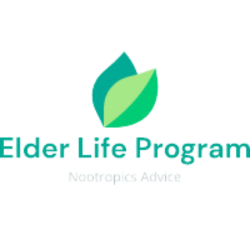The CAM-S Score for Delirium Severity is a valuable tool in assessing the severity of delirium in hospitalized older patients. Developed by Sharon K. Inouye, MD, MPH, Professor of Medicine at Harvard Medical School and Director of the Aging Brain Center at Hebrew Senior Life, the CAM-S Score is included in the CAM-S Training Manual and Coding Guide.
Delirium is a serious and potentially preventable condition that affects up to 50% of elderly hospitalized patients. It can lead to increased morbidity, mortality, and healthcare costs. The Confusion Assessment Method (CAM) was developed in 1988-1990 to provide a standardized method for identifying delirium quickly and accurately. Since its development, the CAM has become the most widely used instrument for detection of delirium worldwide.
The CAM-S Score was developed to assess the severity of delirium symptoms in addition to the original CAM algorithm. It is available in short and long forms, with the 4-item CAM-S short form recommended for clinical practice and the CAM-S long form recommended for research studies.
To rate the CAM, it is important to perform formal cognitive testing and use other brief instruments, such as the Short Portable Mental Status Questionnaire or the Mini-Cog. The CAM-S Score will not yield a delirium diagnosis but only a means to quantify the intensity of delirium symptoms a patient experiences.
The CAM-S Training Manual and Coding Guide provides comprehensive instructions on how to use the CAM-S Score. The manual also includes information on obtaining copyright permission for use. The recommended citation for the manual is: Inouye SK. The CAM-S Training Manual and Coding Guide. 2014; Boston: Hospital Elder Life Program.
In summary, the CAM-S Score is a valuable tool for assessing the severity of delirium symptoms in hospitalized older patients. The CAM-S Training Manual and Coding Guide provides detailed instructions on how to use the score, and it is recommended to address any questions to Sharon K. Inouye, MD, MPH.
